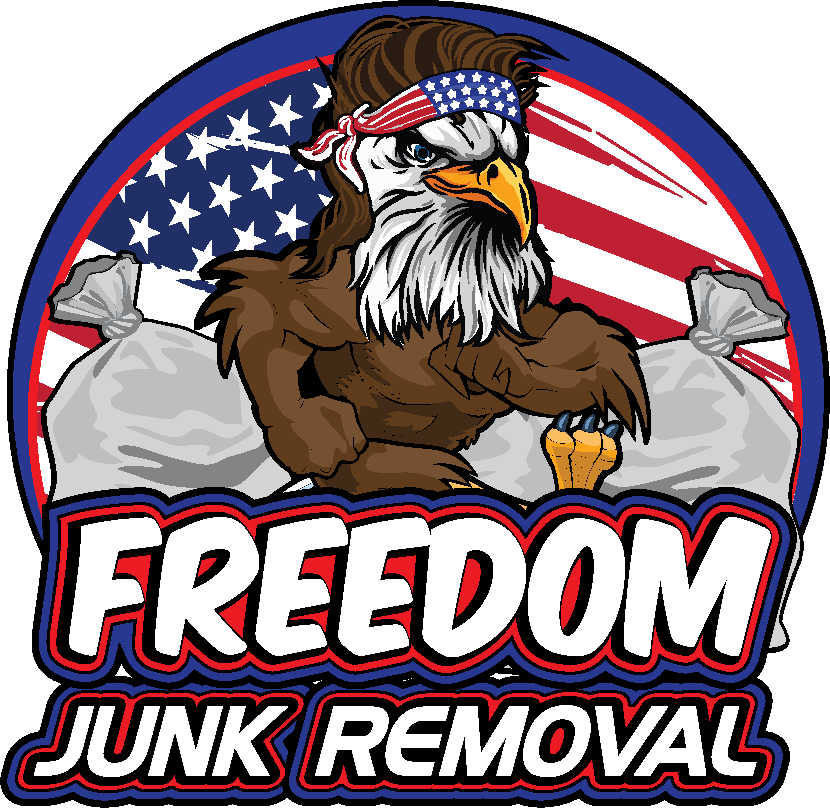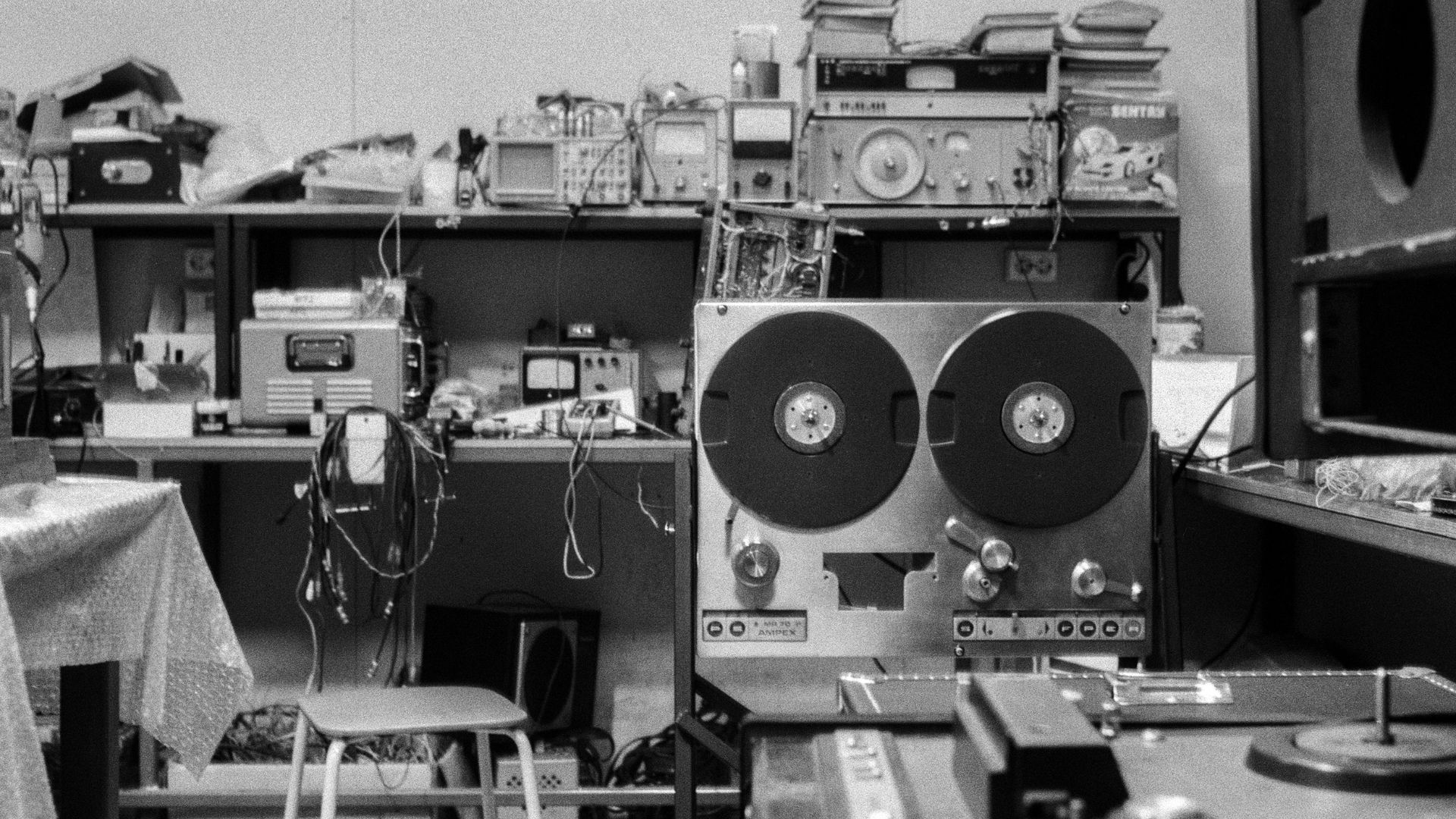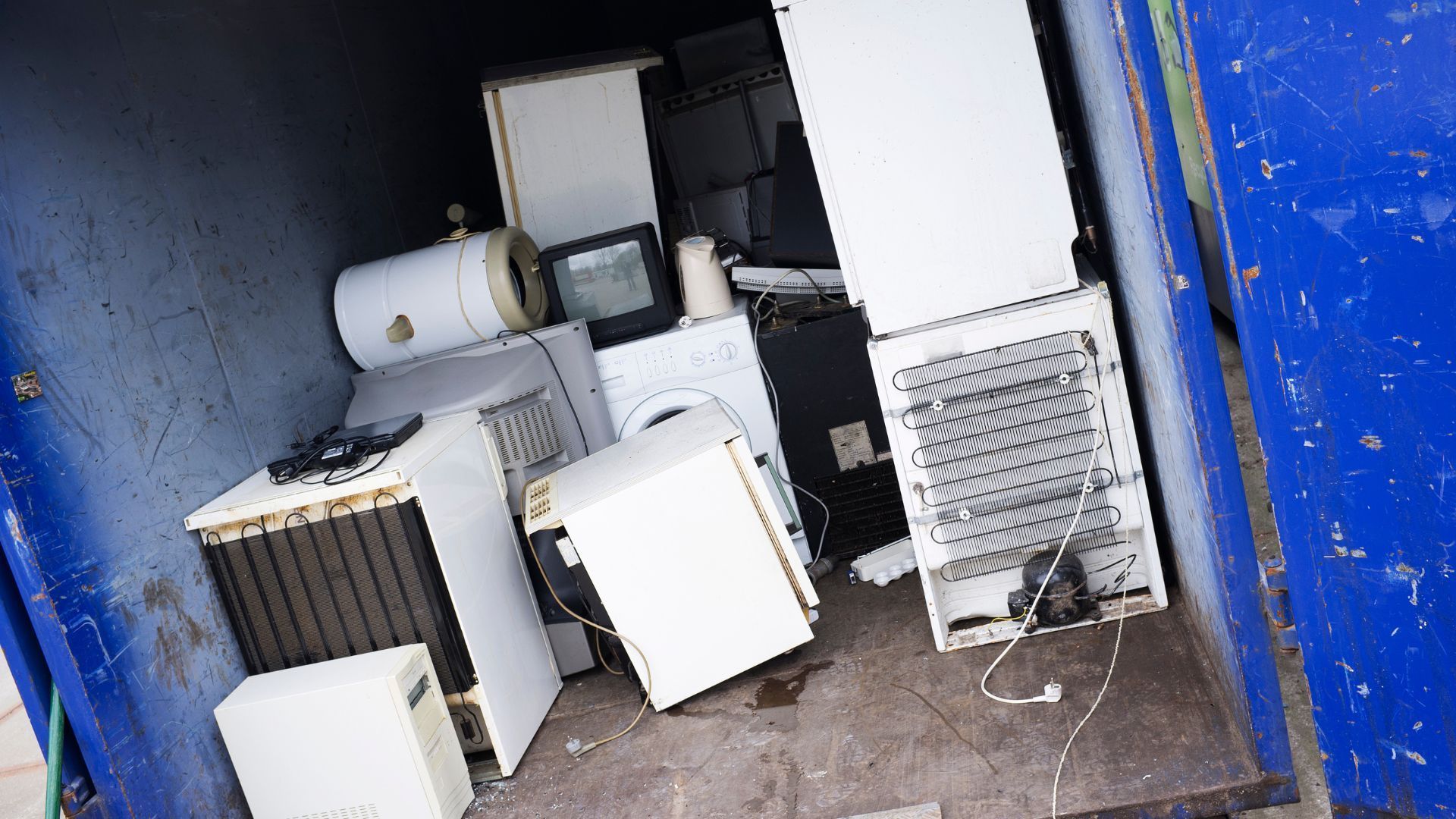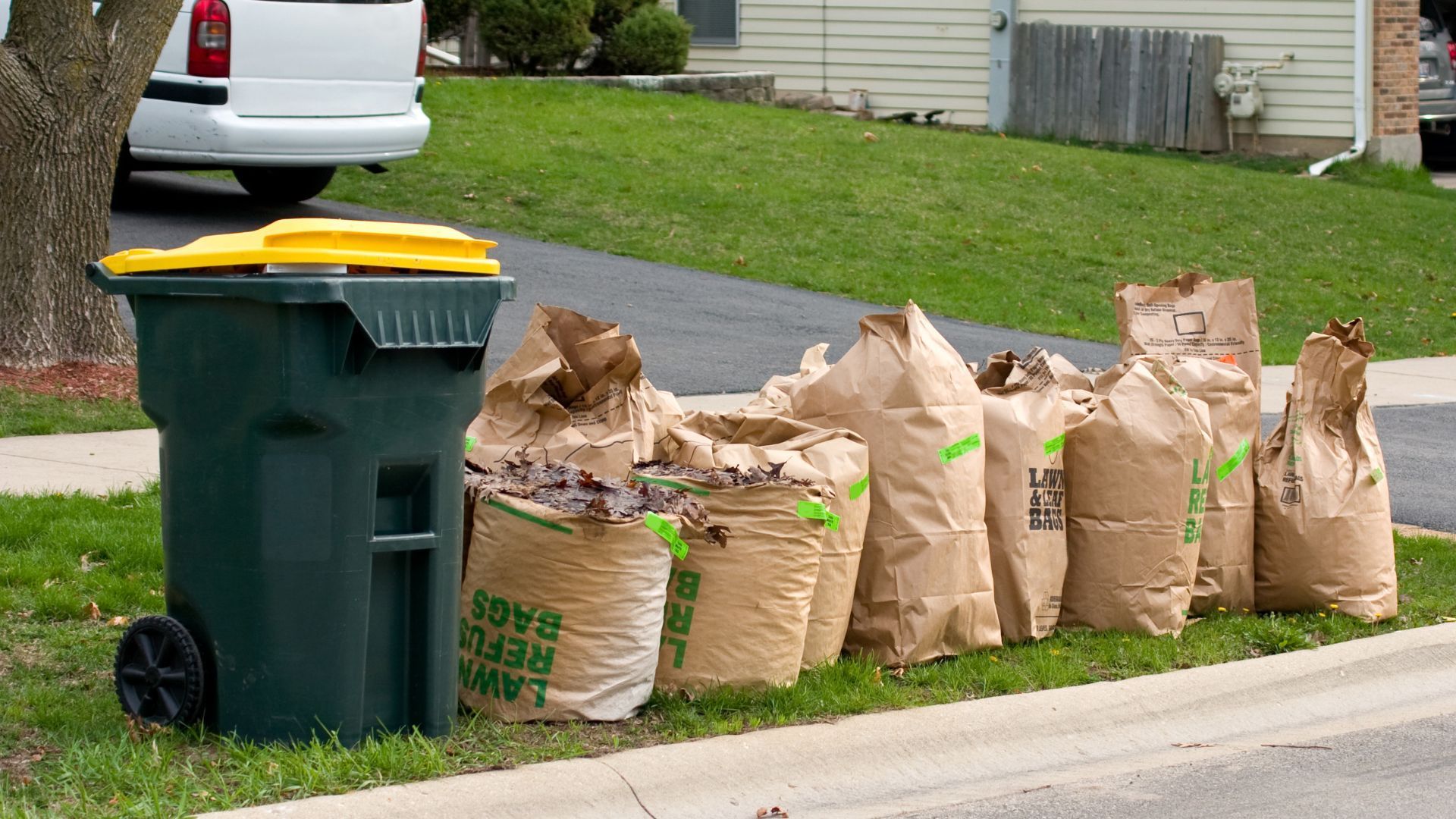Hot Tub Removal vs. Hot Tub Disposal: What's the Difference?
Hot tubs bring relaxation, but when they stop working or no longer fit your space, the question of what to do with them becomes unavoidable. Two terms often surface during this process—hot tub removal and hot tub disposal. At first glance, they may appear identical, but they carry distinct meanings and steps that impact cost, labor, and outcome. Understanding the difference helps you make smarter choices, whether you are clearing your backyard, remodeling, or simply tired of a bulky spa that no longer sparks joy.
This guide explores the nuances of removal versus disposal with practical explanations that go beyond surface-level definitions. You’ll see how each process unfolds, what factors influence them, and how professionals handle these hefty jobs. By the end, you’ll have a sharper perspective on which option suits your circumstances best and how to manage the transition without unnecessary stress.
Hot Tub Removal Focuses on Clearing the Space
Hot tub removal is the initial step when you decide that an old spa no longer belongs in your home or yard. The process involves careful preparation, including disconnecting electrical lines, shutting off the water supply, and often cutting the tub into smaller, more manageable pieces. Crews usually use saws or heavy-duty equipment to break it apart, making transportation feasible without damaging nearby structures.
Many homeowners see removal as an opportunity to refresh their property. Once the bulky tub is gone, patios can transform into social spaces, gardens can expand, and outdoor living areas can breathe again. The act of removal provides flexibility to reimagine a once-cluttered area into something useful or beautiful.
Hot Tub Disposal Deals With the Final Destination
Disposal goes beyond the act of removing the hot tub from your property and addresses what happens once it’s loaded onto a truck. This part of the process is often less visible to homeowners, yet it’s just as important. Hot tubs contain multiple materials—fiberglass shells, plastic components, electrical wiring, pumps, and sometimes even chemicals.
Many disposal services partner with recycling centers or specialized junk facilities. Parts like pumps and motors can often be salvaged, while certain plastics or metals can be melted down and reused. The process provides reassurance that your hot tub’s journey doesn’t stop at removal but continues toward responsible handling. For anyone concerned about long-term environmental impact, disposal is where the real difference is made. It brings closure to the hot tub’s lifespan by guaranteeing its materials are managed correctly.

Why Both Terms Matter for Homeowners
Although hot tub removal and disposal are frequently bundled together, understanding the difference equips homeowners with knowledge to make clearer choices. Removal is a visible process—you watch professionals take apart and lift the tub away. Disposal, however, happens behind the scenes, where companies determine where and how the tub’s remnants will end up.
Homeowners benefit most when they can ask the right questions before committing to a service. Some providers focus on simply hauling away items, while others emphasize eco-friendly solutions that reduce landfill waste. Understanding this distinction also helps when budgeting, since removal might cover labor but not necessarily disposal fees. In short, being informed means avoiding surprises, aligning your goals with the right company, and having peace of mind about both the immediate removal and the long-term environmental impact.
Costs Involved in Hot Tub Removal
Removal costs often fluctuate depending on multiple factors that influence how complicated the job will be. The size of the hot tub is an obvious consideration—larger units require more manpower and time. Accessibility also plays a major role; a tub sitting in an open backyard may be easier to manage than one squeezed onto a second-story deck. Obstacles such as fences, narrow gates, or tricky landscaping can make removal significantly more challenging, and these challenges are often reflected in the price.
Another key factor is the method required to dismantle the hot tub. Sometimes, the structure must be cut into pieces before it can be moved. In other cases, special lifting equipment or dollies might be necessary, increasing labor and equipment costs. By understanding the potential challenges in advance, homeowners can prepare themselves for a realistic estimate. Removal fees are essentially payment for reclaiming your space, but the variables involved determine how straightforward or complex that process will be.
Costs Associated With Hot Tub Disposal
Disposal involves its own financial considerations separate from removal. Once the hot tub leaves your property, it needs to go somewhere appropriate. Landfills and recycling centers often charge fees to accept large and bulky items. These costs are tied to the size of the load, the type of material, and the amount of processing required. Fiberglass shells, for example, may be more expensive to dispose of than simpler materials because they require specialized handling.
In addition to site fees, there are transportation expenses tied to getting the hot tub to its final destination. Junk removal companies must cover fuel, labor, and time to transport heavy loads across town. These costs are bundled into the disposal fee charged to customers. While removal represents the physical labor of taking the tub away, disposal reflects the logistical and environmental responsibility of ensuring it’s managed properly.
Environmental Concerns With Hot Tub Disposal
Disposal raises deeper questions about sustainability and the responsibility of managing waste. Hot tubs contain pumps, motors, electrical wiring, plastics, and fiberglass—materials that don’t simply vanish when discarded. Many of these components can be recycled or repurposed, but some demand specialized handling. Without careful disposal, they may contribute to landfill buildup, adding to long-term environmental concerns.
For eco-conscious homeowners, knowing a service provider can recycle or repurpose hot tub parts is a huge relief. The pumps and jets may find new use, while certain plastics can be melted down and transformed into other items. Even though fiberglass remains a challenge, facilities equipped to handle it prevent careless dumping.
The Role of Professional Junk Removal Services
Hot tub removal and disposal are not simple weekend projects. The weight alone, often hundreds of pounds, makes it nearly impossible for most homeowners to tackle safely. Add in electrical wiring, water connections, and bulky size, and the task quickly becomes overwhelming. Professional junk removal services offer the experience, manpower, and specialized equipment required to get the job done smoothly. They handle the dismantling, hauling, and transporting without risking injury or property damage.
Another advantage is efficiency. Professionals know how to maneuver hot tubs through tight spaces, over fences, or down narrow pathways without creating chaos. They also have direct connections with recycling centers and disposal facilities, ensuring the tub doesn’t simply get dumped somewhere inappropriate. Homeowners gain not only a cleared space but also reassurance that the process has been managed responsibly.
Deciding Between Hot Tub Removal and Hot Tub Disposal
Choosing between removal and disposal often depends on what matters most to you as a homeowner. If the priority is simply to reclaim your yard or patio, removal alone may feel sufficient. Once the tub is out of sight, the immediate goal has been achieved. However, for those concerned with the environment or long-term impact, disposal becomes equally important. It ensures the hot tub is processed responsibly rather than becoming another piece of landfill waste.
The reality is that both steps usually go hand in hand. Removal clears the hot tub from your space, while disposal ensures its journey is completed responsibly. By understanding both, you can decide whether you want a basic haul-away service or one that includes eco-friendly disposal options. Knowing the difference allows you to communicate better with professionals and make choices that match both your budget and your values.
Preparing for Hot Tub Removal at Home
Preparing your property before professionals arrive can save time and prevent complications. Start by draining the hot tub completely and disconnecting it from power sources. This step is essential for safety, as live electrical connections pose serious risks. Once drained, remove any covers or accessories, and create a clear pathway for the crew to access the tub. The smoother the approach, the faster and more efficiently the removal can be completed
Homeowners often underestimate how much preparation can influence costs and timelines. A site that is organized and free of clutter allows professionals to focus entirely on dismantling and hauling. This preparation reduces the chances of accidental damage to landscaping or structures nearby. By taking simple steps ahead of time, you make the process more efficient and may even lower the final bill. Preparing well shows respect for both your property and the crew doing the heavy lifting.
Disposal Solutions for Eco-Friendly Homeowners
For homeowners concerned with minimizing waste, there are disposal options that align with sustainability goals. Many junk removal services work with recycling facilities to ensure reusable parts are given a second life. Pumps and motors can be refurbished, plastics melted and reformed, and even covers reused in other contexts. These solutions help reduce the burden on landfills and make the entire process more environmentally conscious.
Choosing eco-friendly disposal not only benefits the environment but also allows you to take pride in knowing your decision contributes positively. While not all materials can be recycled, every effort made toward sustainability counts. By seeking out services that emphasize green disposal practices, you ensure your hot tub’s final chapter is handled responsibly.
Conclusion
Hot tub removal and hot tub disposal may sound interchangeable, but they serve different purposes. Removal deals with extracting the tub from your property, while disposal handles its final journey, often with environmental considerations. Knowing the difference helps you plan smarter, avoid unexpected costs, and feel confident that your spa is handled the right way.
When it’s time to say goodbye to your old hot tub, choosing a professional team can make all the difference. For reliable service in Pinellas Park, FL, you can count on Freedom Junk Removal. Call (727) 295-2143 or email info@freedomjunkremoval.net to schedule your hot tub removal and disposal today.





